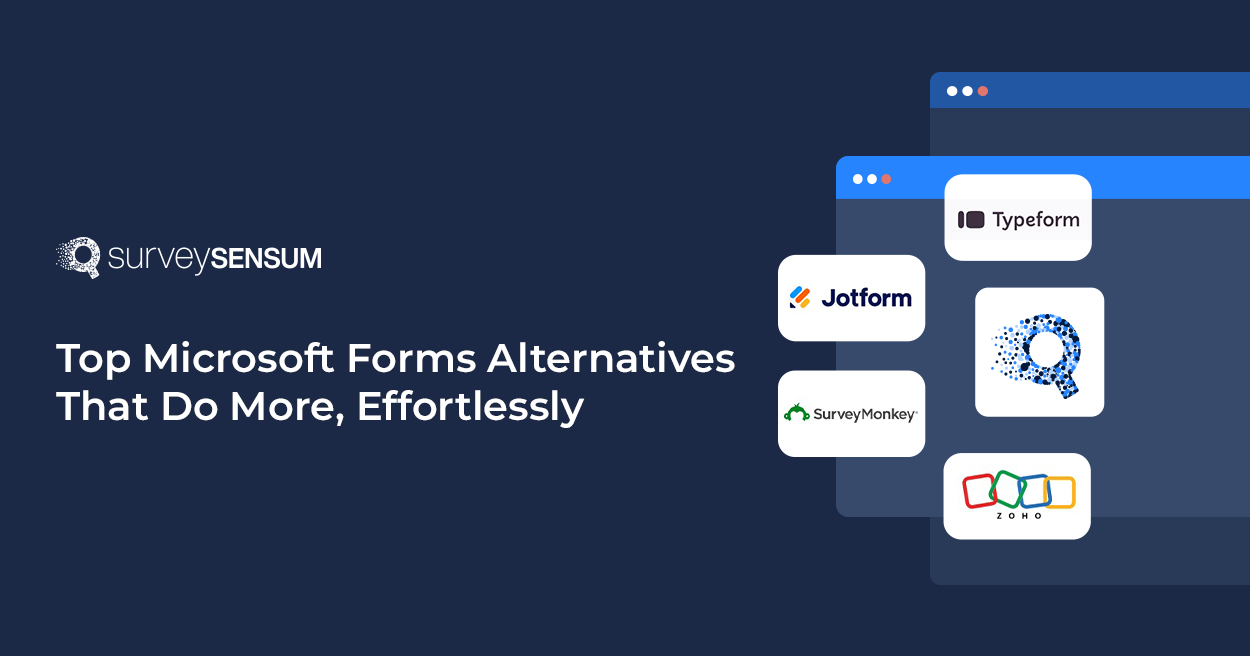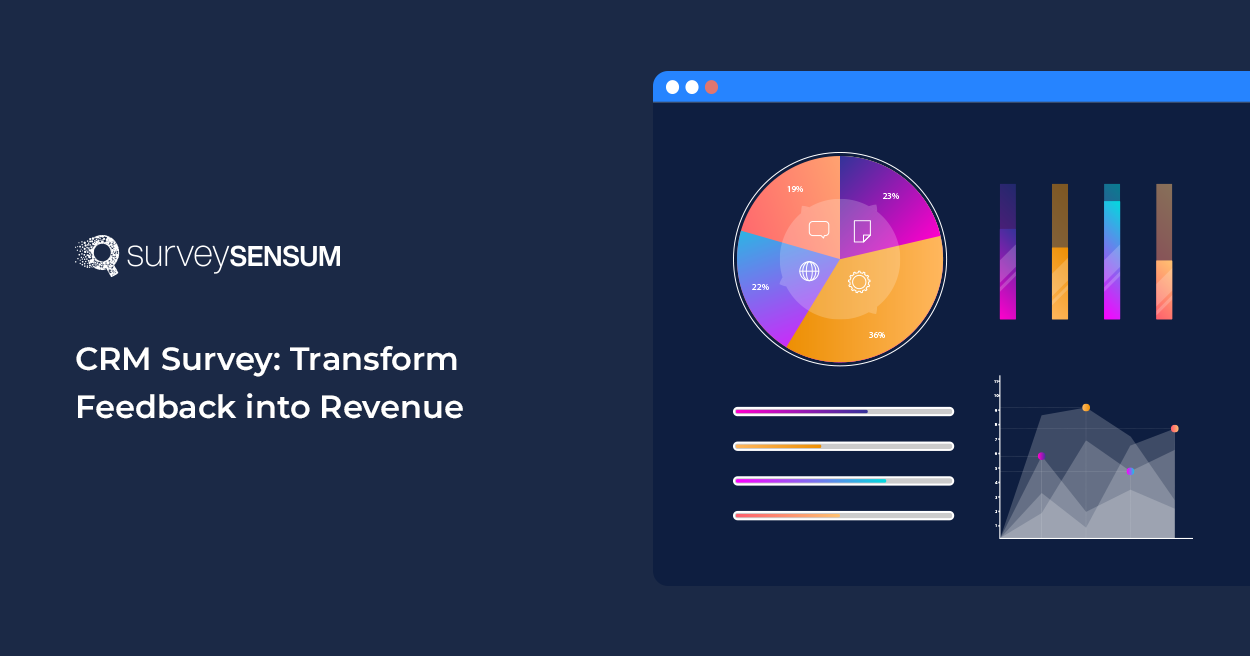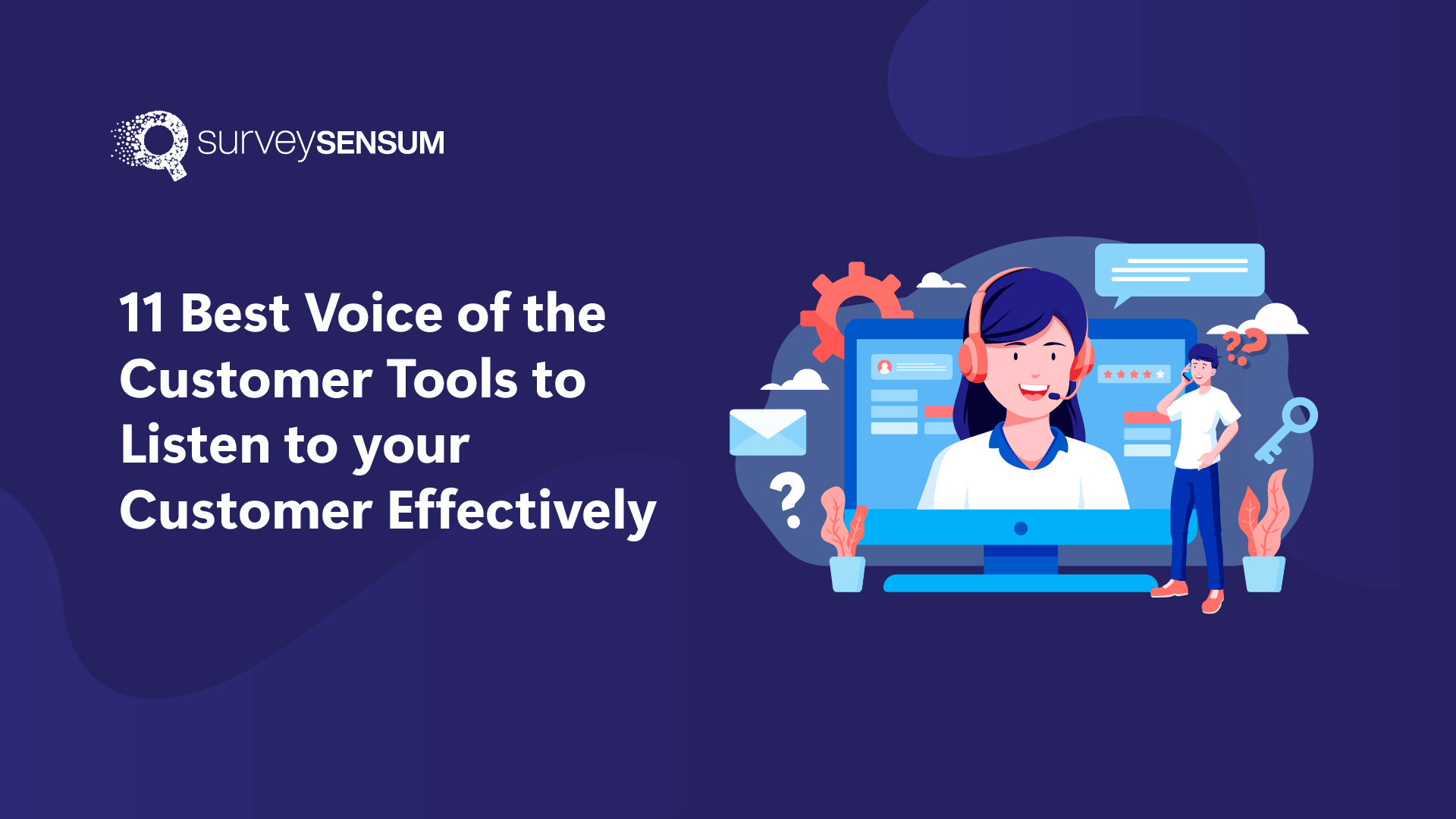
Welcome to the private marketplace (PMP), where advertisers and publishers come together to optimize the buying experience and maximize campaign performance. In 2034, it’s anticipated that real-time trading will seize 25.9% of the market share, with the private market (PMP) segment forecasted to claim 19.0%.
Sounds like PMP is a promising tool to use in a digital marketing strategy, doesn’t it? So, we conducted a PMP exploration that revealed five key strategies that are revolutionizing ad buying.
These strategies include unparalleled transparency, exclusive access to premium inventory, and more. By implementing these strategies, advertisers can achieve their objectives with precision and impact. Let’s explore the intricacies of private marketplaces together, unlocking the full potential of advertising in the digital age.
How to Enhance Your Buying Experience: 5 Benefits of PMP
1. Increased Trust and Credibility
Private marketplaces (PMPs) are gaining traction among discerning buyers, prioritizing trust and reliability in online transactions. Unlike open marketplaces, where sellers can list inventory with minimal scrutiny, PMPs implement stringent verification procedures. These processes involve thorough background checks and validating sellers’ identities, business practices, and inventory quality, significantly reducing the risk of scams and fraudulent activities.
To enhance your buying experience with PMP, consider the following practical guidance:
- Conduct Seller Due Diligence: Prior to engaging in PMP transactions, conduct thorough due diligence on sellers. Seek out platforms that execute extensive background checks and verify sellers’ identities, business ethics, and inventory standards. This precautionary measure reduces the likelihood of encountering fraudulent schemes or deceptive practices.
- Assess Transparency Measures: Transparency serves as a cornerstone for fostering trust in PMP transactions. Look for platforms that furnish transparent insights into sellers, encompassing their performance history, ratings, and past transactions.
- Utilize Secure Holding Services: Within the Real-Time Bidding (RTB) sphere, select private marketplaces (PMPs) offer escrow facilities, securely managing funds until contractual obligations are met by both parties. Embracing such services enhances transactional confidence, assuring buyers that their funds remain safeguarded until they receive the promised goods or services.
- Establish Clear Terms: Prior to concluding any RTB transaction, it’s imperative to define concise and transparent terms with the seller. Clearly outline expectations regarding ad inventory quality, delivery schedules, and procedures for resolving potential disputes. Crafting unambiguous agreements helps prevent misunderstandings and ensures a seamless transactional flow.
- Monitor Market Dynamics: Stay updated on the ever-evolving trends and pricing dynamics within the RTB landscape. Keeping abreast of market shifts and pricing trends empowers informed decision-making, enabling you to negotiate effectively with sellers in PMPs operating within the RTB framework.

2. Improved Product Selection
Private marketplaces (PMPs) offer a controlled environment for advertisers and publishers to transact inventory programmatically while maintaining a level of exclusivity and control over who can buy and sell.
Here are some ways in which inventory selection can be enhanced on programmatic private marketplaces:
- Granular Targeting Options: PMPs allow advertisers to access inventory from specific publishers or within particular content categories. Improved product selection involves providing advertisers with even more granular targeting options, such as demographic data, contextual relevance, and behavioral targeting, ensuring their ads reach the most relevant audience segments.
- Advanced Data Segmentation: Leveraging advanced data segmentation techniques, advertisers can target audiences based on a myriad of factors, including past purchase behavior, browsing history, geographic location, device type, and more. By offering sophisticated data segmentation capabilities, PMPs empower advertisers to refine their targeting strategies and achieve higher ROI.
- Predictive Analytics: Incorporating predictive analytics and utilizing tools like a predictive dialer into PMPs can help advertisers identify high-value inventory opportunities before they become available to the broader market. By analyzing historical data and user behavior patterns, predictive algorithms can anticipate future inventory availability and pricing trends, enabling advertisers to make informed decisions about their media buying in real-time.
- Dynamic Creative Optimization (DCO): Dynamic creative optimization allows advertisers to tailor ad creatives in real-time based on factors such as audience demographics, interests, and environmental context. By integrating DCO capabilities into PMPs, advertisers can deliver more personalized and engaging ad experiences, thereby increasing campaign performance and effectiveness.
- Custom Deal Structures: PMPs enable advertisers to negotiate custom deal structures with publishers, including preferred pricing, guaranteed impressions, and exclusive access to premium inventory. By offering flexible deal structures tailored to the unique needs of advertisers, PMPs can attract a wider range of advertisers and drive increased demand for premium inventory.
- Brand Safety and Fraud Prevention: Ensuring brand safety and mitigating ad fraud are paramount concerns for advertisers. Improved product selection on PMPs involves implementing robust brand safety measures and fraud prevention technologies to safeguard advertisers’ brand reputation and investment. This includes leveraging third-party verification tools, employing ad fraud detection algorithms, and enforcing strict inventory quality standards.

- Transparency and Reporting: Transparency and reporting capabilities are essential for advertisers to evaluate the performance and effectiveness of their campaigns. PMPs should provide advertisers with comprehensive reporting dashboards that offer insights into key performance metrics such as ad impressions, clicks, conversions, and ROI. Additionally, transparent pricing models and inventory visibility help build trust between advertisers and publishers, fostering long-term partnerships.
3. Streamlined Buying Process
Streamlining the buying process on programmatic private marketplaces (PMPs) is crucial for enhancing efficiency, transparency, and overall performance, similar to how purchasing software platforms simplify decision-making by providing clear pricing, feature comparisons, and smooth user interfaces.
- Simplified Interface: PMPs offer intuitive interfaces that make it easy for advertisers to browse available inventory, set targeting parameters, and launch campaigns quickly.
- Automated Campaign Management: Advanced automation tools within PMPs streamline campaign management tasks, such as bid optimization, budget allocation, and performance tracking, reducing manual effort and saving time.
- Unified Reporting: Consolidated reporting dashboards provide advertisers with comprehensive insights into campaign performance, eliminating the need to gather data from multiple sources and simplifying analysis.
- Real-Time Optimization: PMPs enable real-time optimization of campaigns based on performance metrics, allowing advertisers to adjust targeting, creative elements, and bidding strategies on the fly to maximize results.
- Integrated Data Insights: Integration with data management platforms (DMPs) and third-party analytics tools allows advertisers to leverage audience insights and make data-driven decisions seamlessly within the PMP environment.
- Efficient Deal Negotiation: PMPs facilitate transparent deal negotiation between advertisers and publishers, offering streamlined processes for establishing pricing, inventory availability, and campaign terms.
4. Enhanced Customer Experience
Enhancing the customer experience on private marketplaces (PMPs) is pivotal for fostering strong relationshi recommendations aid decision-making, and responsive customer support addresses concerns ps between advertisers and publishers. A user-friendly interface simplifies navigation, personalizedpromptly.
To enrich your purchasing journey on PMPs, follow these little tips:
- Intuitive Interface: Opt for platforms boasting intuitive interfaces that streamline navigation. User-friendly designs heighten satisfaction and facilitate effortless browsing and buying processes.
- Tailored Recommendations: Choose PMPs offering personalized recommendations tailored to your preferences and interactions. Such tailored suggestions assist in discovering pertinent inventory and making well-informed choices, thereby enhancing your overall experience.
- Responsive Support: Prioritize platforms with responsive customer support teams capable of swiftly addressing concerns. Access to dependable support instills confidence in the platform and ensures efficient resolution of any issues.
- Transparent Reporting Tools: Select PMPs providing transparent reporting tools enabling accurate tracking of campaign progress and performance. Transparent reporting nurtures trust and empowers you to make informed, data-driven decisions to refine your campaigns.
- Efficient Collaboration Features: Look for platforms featuring streamlined collaboration tools facilitating effective communication between advertisers and publishers. Clear communication channels foster collaboration and ensure alignment toward shared objectives.
- Continuous Innovation: Opt for PMPs committed to ongoing innovation to stay competitive and relevant amidst the ever-evolving digital advertising landscape. Platforms embracing emerging trends and technologies deliver enduring value to users over time.
As the digital advertising landscape evolves, continuous innovation ensures that PMPs remain at the forefront, delivering added value to users over time. Ultimately, prioritizing the customer experience on PMPs contributes to long-term success and mutually beneficial partnerships between advertisers and publishers.
Improve Overall Customer Experience with SurveySensum
5. Harnessing Competitive Pricing
In private marketplaces (PMPs), capitalizing on competitive pricing dynamics offers a strategic edge for both advertisers and publishers, enhancing campaign effectiveness and extracting maximum value.
- Strategic Bid Management: You can strategically manage bids within PMPs, aligning them with campaign goals and budget parameters. This approach optimizes ad expenditure, ensuring optimal efficiency and return on investment (ROI).
- Transparent Pricing Structures: Transparent pricing frameworks within PMPs cultivate trust and empower advertisers to make informed decisions about their media investments. By grasping pricing mechanisms, you can accurately evaluate value and allocate resources judiciously.
- Direct Negotiations and Deals: Direct engagements between advertisers and publishers provide avenues for negotiating pricing and campaign terms. Advertisers can leverage these discussions to secure competitive rates and amplify the impact of their advertising endeavors.
- Adaptive Pricing Algorithms: Adaptive pricing algorithms embedded in PMPs dynamically adjust in response to supply and demand fluctuations. This ensures access to inventory at competitive rates while optimizing publishers’ revenue, furnishing advertisers with a cost-efficient avenue to engage their target audience.
- Agile Budget Management: Advertisers have the privilege to distribute their budgets evenly across a wide range of publishers, audience segments, and ad formats. This allows them to closely monitor their performance and pricing metrics, thereby optimizing their campaign expenditure. With this agility, you can increase your advertising reach and achieve your marketing objectives with greater efficiency.
By deploying competitive pricing strategies within PMPs, you can unlock heightened returns on their advertising outlays, leading to enhanced ROI. Publishers, too, reap the benefits by attracting premium advertisers and optimizing revenue streams. This symbiotic ecosystem fosters efficiency, transparency, and value generation for all stakeholders in the programmatic advertising arena.
Conclusion
In today’s digital advertising world, private marketplaces have emerged as game-changers, offering advertisers unparalleled opportunities for efficiency and impact. These platforms provide transparency, control, and access to premium inventory, enabling advertisers to reach their target audiences with precision. Looking ahead, private marketplaces are set to play an even more significant role in shaping the future of advertising.
With continuous innovation and advancement, these platforms will provide advertisers with the tools they need to stay ahead of the curve and succeed in an ever-evolving landscape.















